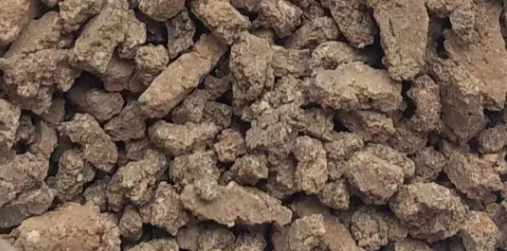Q: What types of sludge are generated by industry?
A: Sludge is a strange existence, divided by industry, including municipal, chemical, smelting, food processing, metal processing, pharmaceutical, printing and dying sludge, etc. It is not only to distinguish the types of sludge, but also to choose a reasonable treatment method from the analysis of the nature of the sludge. From a geographical point of view, taking municipal living sludge as an example, people in different regions have different living environments, conditions, and habits, and the nature of living sludge varies.
The rainwater in Jiangsu and Zhejiang is relatively abundant. A large amount of rainwater mixed with dust, soil, weeds, etc. flows into the pipe network of the sewage treatment unit together with sewage, forming a blend with municipal sewage. Therefore, the organic matter content of domestic sewage in these areas is low, generally around 50%. In areas such as Inner Mongolia, Ningxia, and Tibet, domestic sewage and rainwater generated from eating habits are relatively low, and the organic content of sewage is about 60%, and the organic matter in the pharmaceutical industry and food processing and breeding industry is even higher.
Q: Can you distinguish the nature of sludge from the organic matter content of sludge?
A: The nature of sludge is complex, and there are many classification methods. However, from the perspective of sludge analysis, the determination of the nature of sludge and the content of organic matter is an inevitable process for the service of subsequent processes. By identifying the nature of sludge and the content of organic matter, we can accurately select the type of agent used and the type of treatment.
Q: What is the organic matter content of sludge in various industries?
A: Organic sludge refers to sludge with organic matter as the main component. The main features are high organic content, perishable odor, fine particles, small specific gravity, high water content, and sludge often contains many phytonutrients, parasitic eggs, pathogenic microorganisms and so on. The industries with high organic content of sludge are pharmaceutical, food, animal husbandry, etc.; the organic sludge with medium content exists in municipal sewage, printing and dyeing industries; the industries with low organic content of sludge include chemical industry, river dredging and so on.
It should be noted that this is to distinguish the nature of sludge from the perspective of theory or industry experience. In actual operation, the properties of sludge produced by different sections, environments, and seasons of sewage treatment plants in different industries are diverse and complex. Therefore, the specific sludge properties must be distinguished in combination with actual conditions and experimental results.



